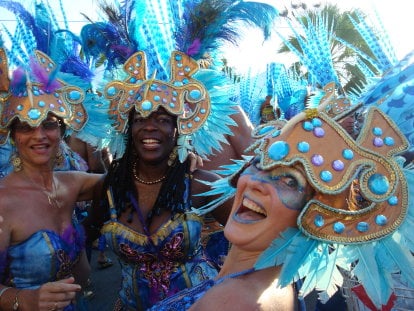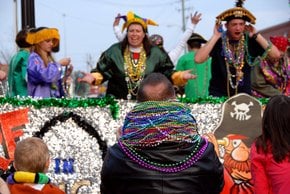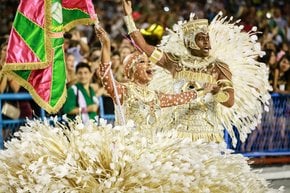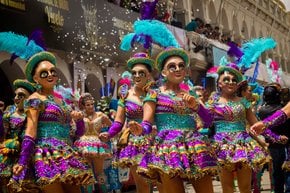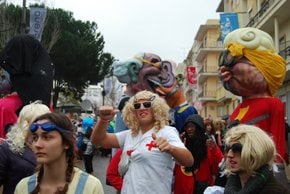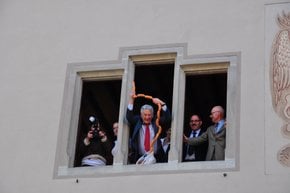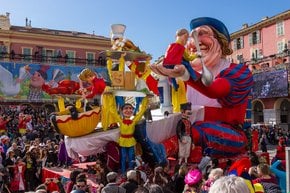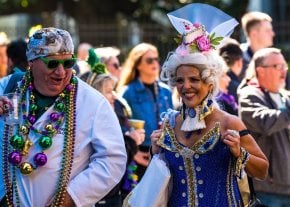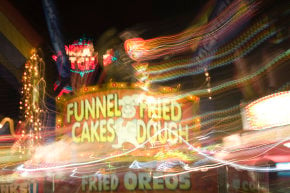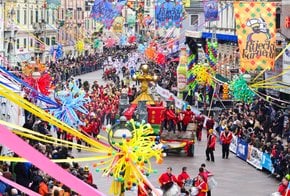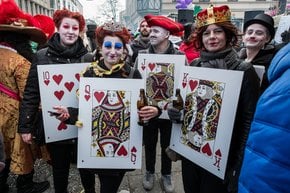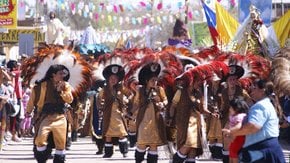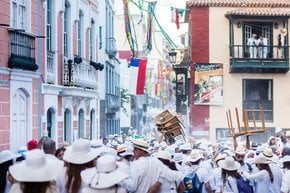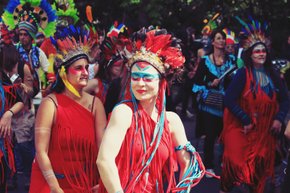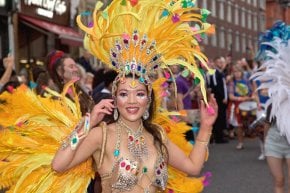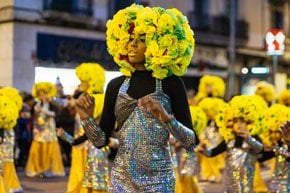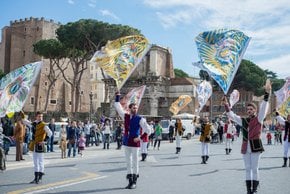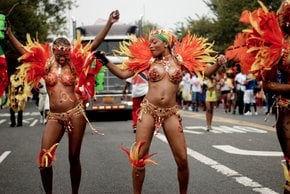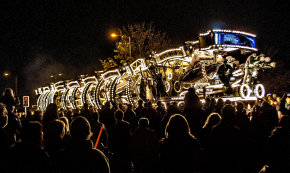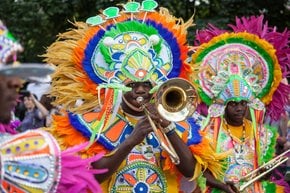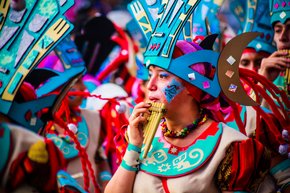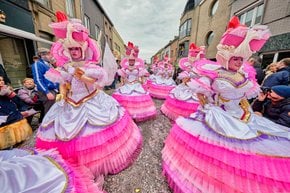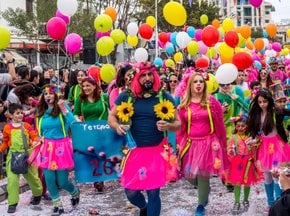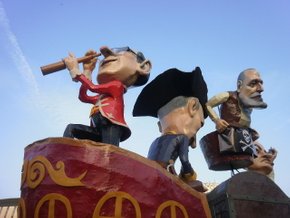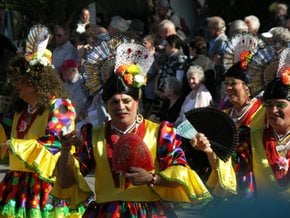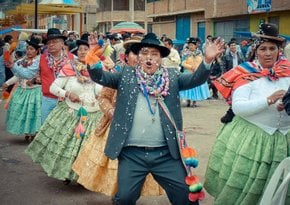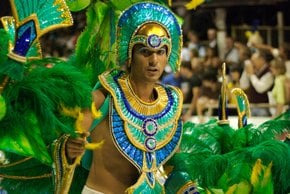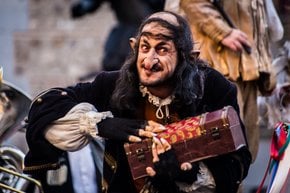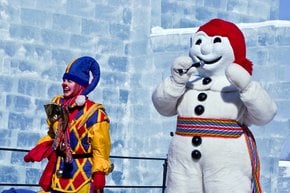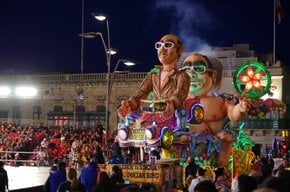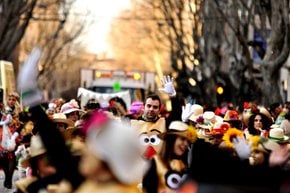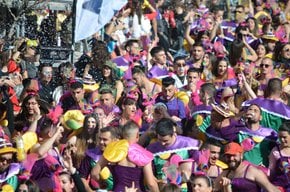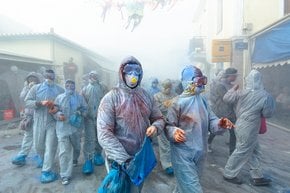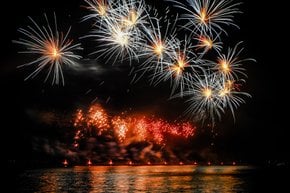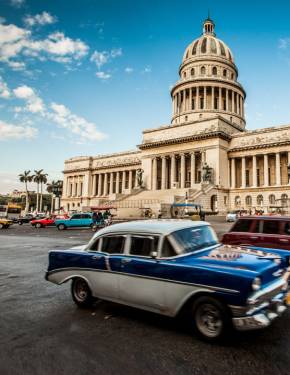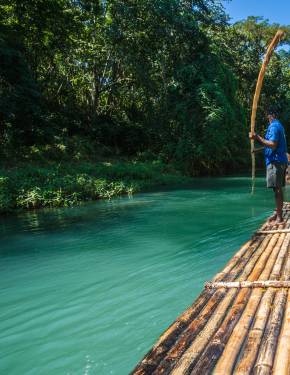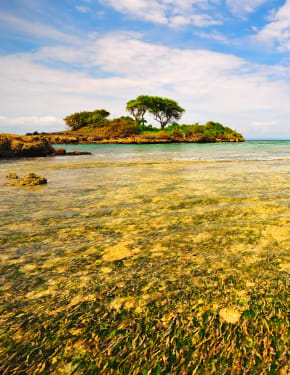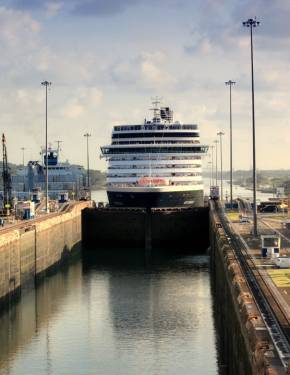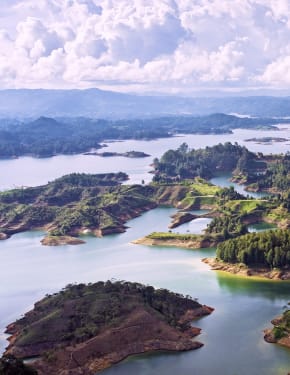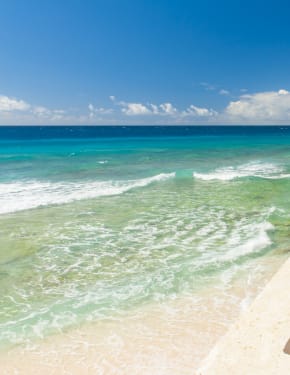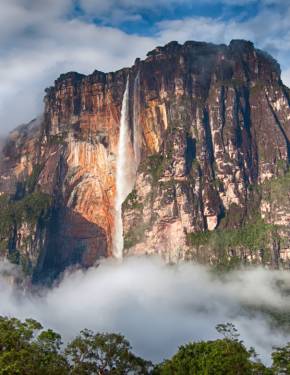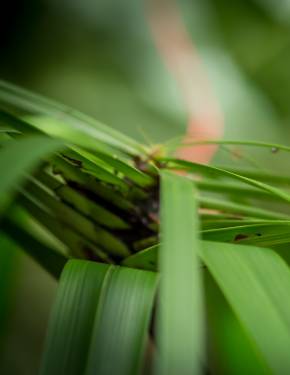Aruba Carnival 2024-2025
Join the brightest and the biggest party of the year in Aruba
Dates: November 11, 2024–March 2, 2025
Aruba's Carnival is the island's biggest and most anticipated annual celebration, running for about a month with vibrant parties, parades, and high-energy revelry. This pre-Lenten event officially kicks off on November 11 at 11:11 a.m. and includes a series of exciting parades. The season culminates on Shrove Tuesday with the burning of King Momo, marking the end of the festivities. Aruba's Carnival blends Caribbean tradition with cultural flair, and the infectious energy makes it a must-experience event for locals and visitors alike.
Schedule of Events
The Aruba Carnival season begins in November with the Carnival Gala, but the most vibrant celebrations occur in January and February. Major events include the Torch Parade, Youth Tumba Festival, King & Queen elections, Jump Ups, Fantasy Parade, and the Jouvert Morning Pajama Parade. These are followed by the Lighting Parade, Children’s Parades, and the Grand Parades in San Nicolas and Oranjestad. The carnival features colorful floats, electrifying music, extravagant costumes, and lively street parties.
Additional festivities include contests, live performances, and pre-and after-parties, ensuring non-stop fun for all ages. AAruba'sCarnival features a vibrant mix of Antillean "tumba" music, Calypso and steel bands from the English Caribbean, Latin salsa beats, marching bands, and a bit of Dutch oom-pa-pa. This fusion of sounds reflects the island's diverse cultural heritage.
Grand Parades (March 1–2, 2025)
The Aruba Carnival culminates with two grand parades: the Grand Carnival Parade in San Nicolas and the highlight—the Grand Carnival Parade in Oranjestad on Shrove Sunday. These vibrant parades run from 11 am to 7 pm and feature elaborate floats, lively music, and extravagant costumes. The route through Oranjestad passes through key streets, including Avenida Milo Croes, Vondellaan, and LG Smith Boulevard.
The festivities conclude on Shrove Tuesday with the burning of King Momo between 7 pm and 10 pm. King Momo, a symbolic figure of the Carnival spirit, is burned as a ritual to mark the end of the season and pave the way for the next year’s celebration.
History of Aruba Carnival
Carnival's origins trace back to ancient Roman festivals like Saturnalia and Lupercalia, marked by feasting and revelry. Over time, the Catholic Church integrated these celebrations into the lead-up to Lent. Today, Carnival is a vibrant event with parades, costumes, music, and dancing. The Caribbean Carnival, influenced by African and indigenous traditions, is especially lively, with Aruba's Carnival beginning in 1954. The island's first official Carnival took place in 1955, with steel bands debuting shortly after.



